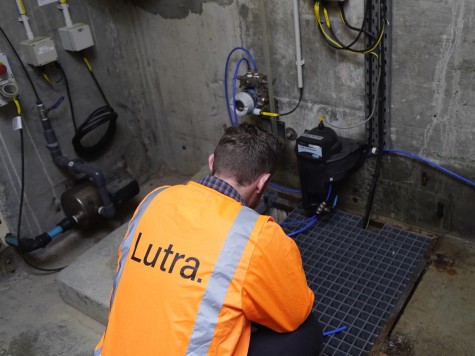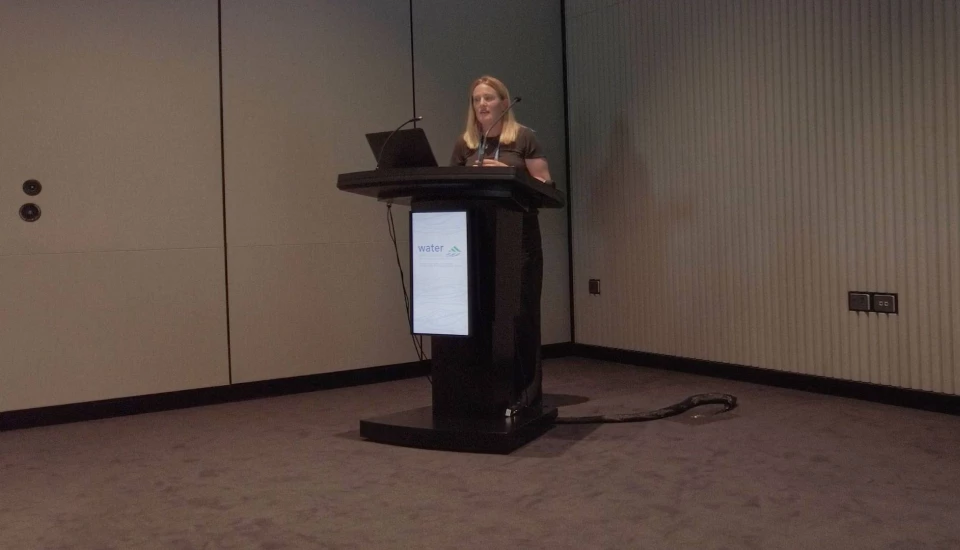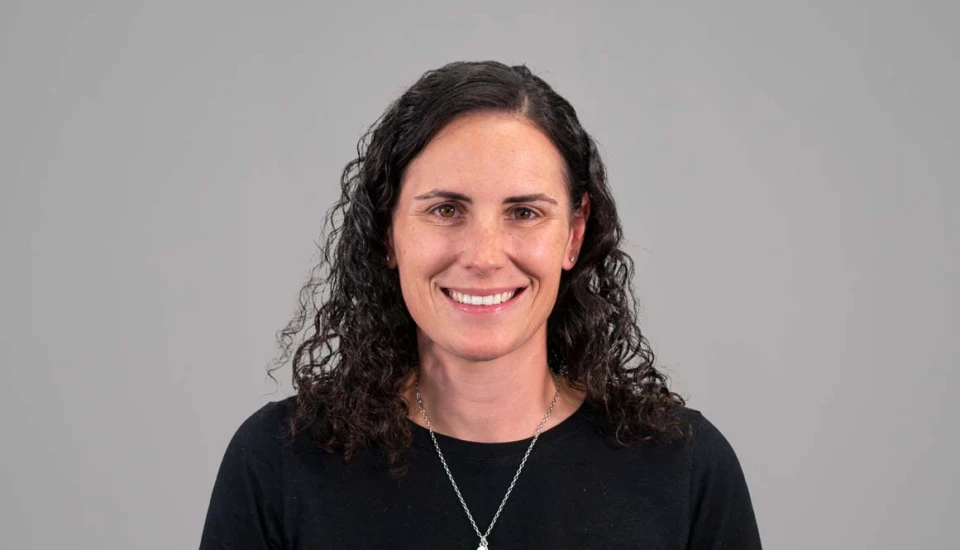
I was living abroad when the Havelock North campylobacter story broke. Like most people, the shocking events left me with a feeling of deep unease and many unanswered questions. Most of all, I had a guilty feeling that the clean, pure image that many saw in our country was again proving to be a facade.
Discussing the events with a Canadian colleague, I learned of an eerily similar event in Canada which took place 16 years earlier, the Walkerton E. coli outbreak. Extreme rain, followed by flooding, provided a pathway for manure runoff to enter a shallow aquifer. The contaminated water was distributed without sufficient treatment or chlorination. Illness, hospitalizations, deaths. So many parallels to Havelock North.
While the details differ, it is difficult not to appreciate the likeness of two events, worlds apart. Most notably, the preceding conditions to both events were identical - changing weather, followed by rain. Heavy rain.
This initiating change in conditions is the common thread that links all serious drinking water contamination events in the past, and ones we will see in the future. This association is addressed concisely under Principal 4 of the six key principles of drinking water safety:
Discussing the events with a Canadian colleague, I learned of an eerily similar event in Canada which took place 16 years earlier, the Walkerton E. coli outbreak. Extreme rain, followed by flooding, provided a pathway for manure runoff to enter a shallow aquifer. The contaminated water was distributed without sufficient treatment or chlorination. Illness, hospitalizations, deaths. So many parallels to Havelock North. While the details differ, it is difficult not to appreciate the likeness of two events, worlds apart. Most notably, the preceding conditions to both events were identical - changing weather, followed by rain. Heavy rain.
This initiating change in conditions is the common thread that links all serious drinking water contamination events in the past, and ones we will see in the future. This association is addressed concisely under Principal 4 of the six key principles of drinking water safety:
Change precedes contamination.
Expanded, Principal 4 acknowledges that for a drinking water supply to go from healthy to compromised, something must first change in the environment.
The tricky part is identifying what change looks like.
Change can come in many forms. While climatic changes are the most palpable examples of Principal 4 coming to life, to understand its full scope, we cannot look at natural events alone. Principal 4 applies to changes in operations, capital, people, procedures, organisations, politics, legal systems - let alone the powers of entropy, the persistent energy disordering and degenerating the world around us. Now take these changeable features and apply them across our institutions and the boundaries of our drinking water infrastructure - from catchment to point of supply. The task of detecting and managing change is immense.
The first step in undertaking this challenge begins with our relationship with water. We need to understand, monitor, and respect all features of our drinking water supply to detect change. How can we know what change is, if we don’t first understand the very nature of our resources? This relationship with our environment is underpinned by te Mana o te Wai.
This thinking is instilled in the writing of the Water Services Act. It is now law that a supplier must take action if there is a reasonable likelihood that a drinking-water supply is unsafe. This ensures that proactive measures are taken before an event takes place - which means at, or before, the point of changing conditions.

At a practical level, there are some useful tools that can help us identify change and formulate action. The two most important being Water Safety Plans and Source Water Risk Management Plans. Both of these documents are mandated in the Water Services Act. The development of both plans includes a robust process where hazards and the relative risks are identified. From there, a subsequent management, control, monitor or elimination strategy can be put in place. This exercise prepares suppliers for the full suite of risks to their drinking water supply, ultimately protecting water sources and the public.
Those who have lived through 2020-2022 know too well that change is as sure as death and taxes. There is no stopping rain and floods and data suggests that 1 in 100-year floods are no longer that infrequent. Change is inevitable. What we can control is how we prepare and respond to change.
Both Canada and New Zealand learned this lesson the hard way. A stain on our history never to be forgotten. What will eventually define us is how we respond. The Havelock North outbreak catalysed reform in NZ, a clear acknowledgement that we can do better. With the formation of Taumata Arowai, and the cultural changes driven by te Mana o te Wai, we are on the right track.













